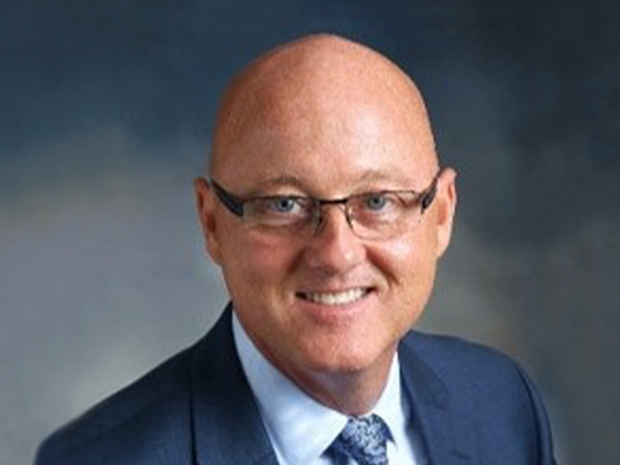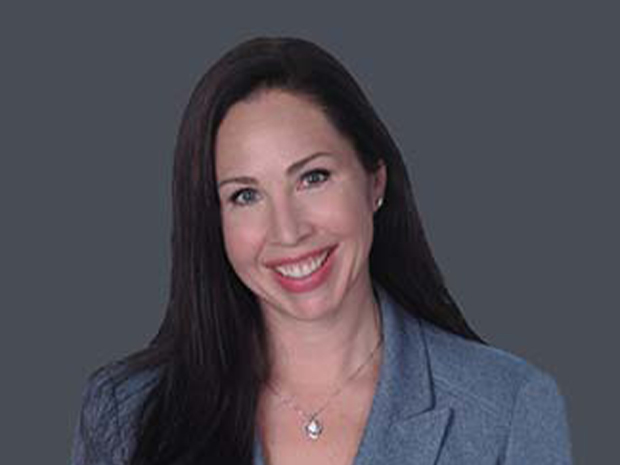Trending insights for health care organizations
Margin improvement and financial insights
Linking risk with opportunity
Improve performance today and innovate for tomorrow
Rising labor and resource costs, supply chain disruption, technology enhancements, declining reimbursements, evolving incentive models, increased regulatory scrutiny and staffing shortages have all contributed to the accelerated demand for transformation throughout the health care industry.
These trends have created a complex array of interconnected operational, financial, technological and regulatory challenges across the industry. As a result, health care organizations are increasingly challenged to improve performance today while innovating for tomorrow.
As a trusted leader in assurance, tax and consulting services developed especially for the health care industry, RSM is uniquely positioned to help address these biggest challenges—so you can keep your focus on the well-being of your patients.
3,500+
Health care clients
~800
Health care industry advisors
Our clients include large multihospital health systems, regional hospitals, children’s specialty care providers, behavioral and mental health facilities, physician practices, ambulatory care centers, long-term care facilities, dental practices, and more. We have deep experience working with not-for-profit, private equity and governmental health care organizations.
Where there are challenges, we see opportunities for growth
Featured client success stories
“It’s infrequent that you have to consider the fact that you could be compromised. What would happen if someone gained access? This incident changed our way of thinking.”
Hospital’s security executive
Community hospital hit with ransomware attack
Special report
The middle market is embracing AI to drive innovation and efficiency
- What are the key organizational areas in which AI is making an impact?
- How are companies measuring their return on investment for AI?
- What is the future of AI for the middle market?






